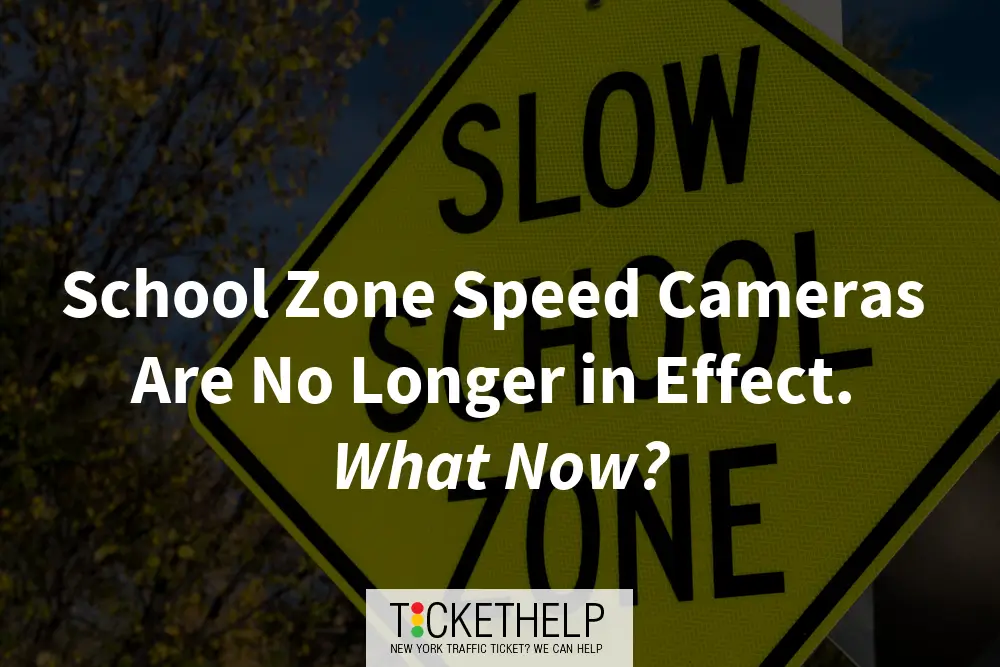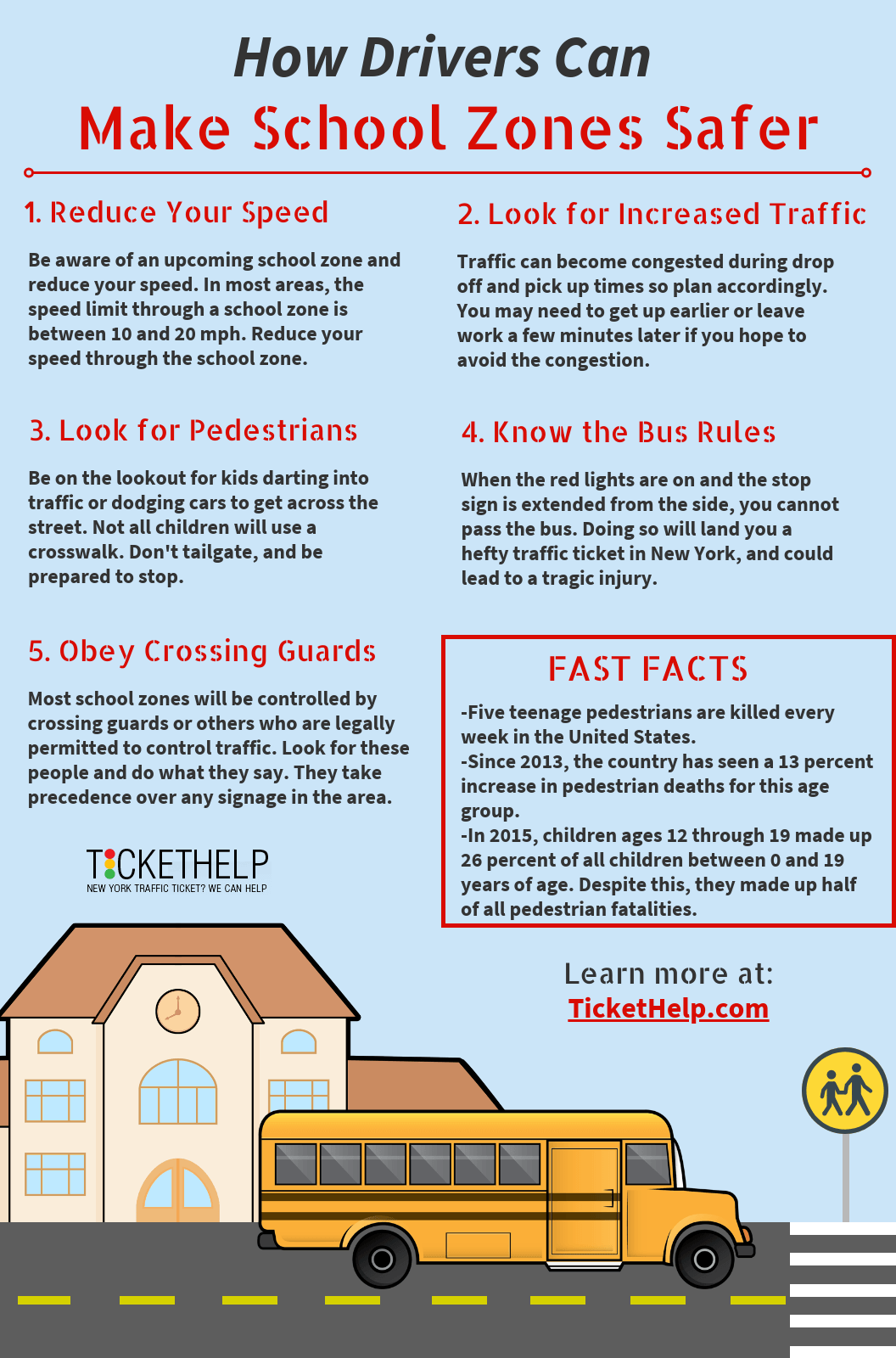
Traffic enforcement by camera has its pros and cons. Some argue the presence of cameras can increase safe driving habits, some argue they can make things more dangerous in certain situations (think of someone at a camera enforced traffic light in the yellow phase either speeding up or slamming on their brakes).
We all agree these tickets are better than a ticket issued directly from an officer, as camera tickets are treated like parking tickets — issued against the car, not the driver’s license, and don’t carry points or have insurance ramifications.
While it’s not in our DNA to label any ticket good or helpful, the fact is that fear of receiving a ticket can influence how people drive. With respect to camera enforcement of speed in school zones, there’s some evidence that these cameras might have had a measurable positive impact on overall safety. Despite this, they seem to mostly be on their way out.
There were 140 caeras being utilized to catch speeders in school zones within the borders of New York. About 120 of those cameras have been taken out of operation. New York City officials say that the decision by lawmakers puts the lives of kids at risk. The city can still use mobile cameras, but the fixed cameras that were in place are no longer.
This decision comes despite data that the cameras made a real difference. Since 2014, fatalities in school zones declined by 55 percent. Speeding was reduced by 63 percent while schools were in session.
The rest of the country didn’t see a decrease, but an increase. According to reports, the state senate proposed that stop signs and red lights be installed at all school intersections in an effort to extend the camera program. The governor failed to send the legislation until an adjournment of the chamber had already occurred.
With the speed cameras no longer in operation, what happens now?
Why the push for speeding cameras in school zones? Because these areas have been proven dangerous. Despite signage, people simply don’t pay an adequate amount of attention while driving near schools.
Here are the statistics, according to Safe Kids Worldwide.
The group conducted a study, observing 39,000 students in middle and high school. They also observed 56,000 drivers moving through school zones. The study was conducted in 2016 and this is what was discovered:
Despite the state having put an effective method of control in place, they have taken it away. That means it’s up to drivers and parents to ensure that school zones are as safe as possible for students and other pedestrians. Here’s what drivers can do:

Be aware of an upcoming school zone and reduce your speed. In most areas, the speed limit through a school zone is between 10 and 20 mph.
Reduce your speed appropriately as you drive through a school zone and maintain that lower speed until you reach the end of the zone.
Traffic can become congested during drop off and pick up times so plan accordingly. You may need to get up earlier or leave work a few minutes later if you hope to avoid the congestion.
You know your own level of patience while you’re driving. If you are going to get stressed out creeping through a school zone, avoid them when you can.
Pedestrian traffic will be increased in school zones at the beginning and end of the school day, so be prepared. Know that not all children will wait to cross the street until they get to the crosswalk.
Be on the lookout for kids darting into traffic or dodging cars to get across the street. Don’t tailgate, and be prepared to stop.
It’s not only more passenger cars that you are going to see near school zones, but more school buses as well. Know the rules for driving near these vehicles. If the yellow lights are flashing, it means that the bus is preparing to stop.
When the red lights are on and the stop sign is extended from the side, you cannot pass the bus. Doing so will land you a hefty traffic ticket in New York. Driving safely around buses can prevent a variety of accidents from occurring.
Most school zones will be controlled by crossing guards or others who are legally permitted to control traffic. Look for these people and do what they say. Know that they take precedence over any signage in the area.
If a crossing guard, police officer or someone else with authority gives you a directive, follow it.
School zones are notoriously dangerous for children. As New York traffic ticket attorneys, we know that people are cited for speeding and other reckless behaviors in school zones on a daily basis. We also know that it is the right of these drivers to have their day in court.
If you are cited for speeding in a school zone, our speeding ticket lawyers can work to defend you against your charges. Call our office today for a free case evaluation. We are happy to answer your questions and if we take on your case we’ll work to reduce or eliminate the consequences you are facing.
We have organized a statewide network of attorneys. In our network are both attorneys who work for Feifer & Greenberg and attorneys who work for other firms that regularly provide of-counsel representation to our clients. This statewide network allows us to match clients in a particular county or court with local attorneys who regularly appear on similar matters in the same county or court. It enables us to help clients anywhere in New York State and in our opinion provide particularly effective and affordable representation for our clients. Local attorneys can draw on their particular local experiences and, with travel time and expense removed from the equation, help us keep our legal fees low.
We recommend fighting almost all tickets. Even if the current NY traffic tickets aren’t particularly harmful, you have an incentive to keep your record clean for the future. Convictions quickly lead to surcharges, insurance increases and other complications. You should strongly consider any decision to pay a ticket without fighting.
Our lawyers are experienced, prepared attorneys who understand the nuances of fighting traffic tickets. Experience, preparation and good decision making help us to help our clients avoid points, surcharges, insurance increases and the other negatives that can easily result from a traffic ticket.
Feifer & Greenberg, LLP, 15 Maiden Lane, Suite 508, New York, NY 10038, (888) 842-5384
© 2023 | Privacy Policy